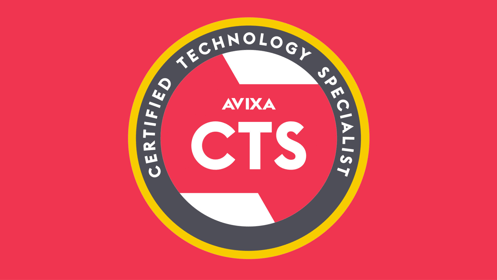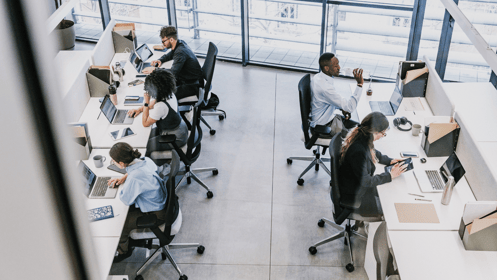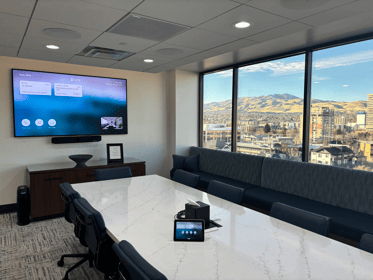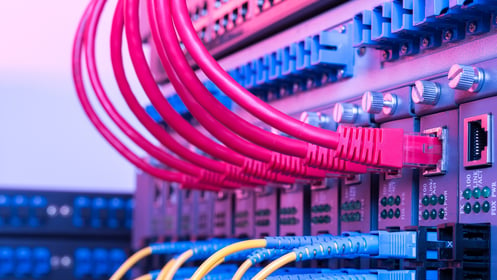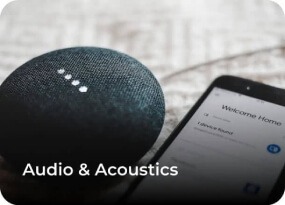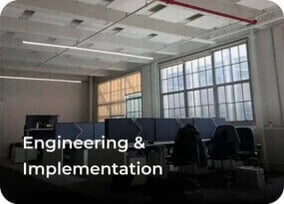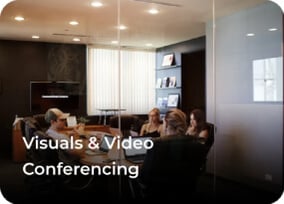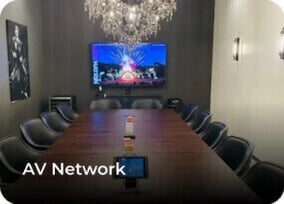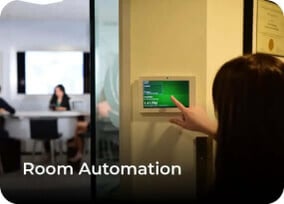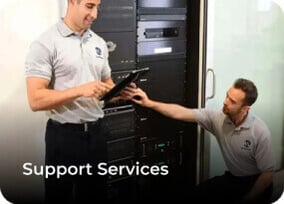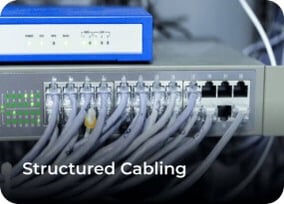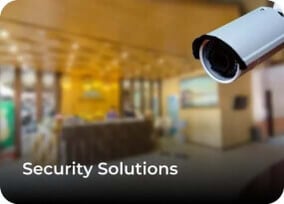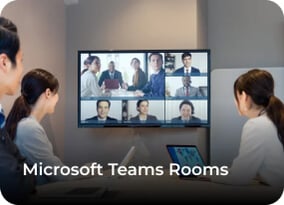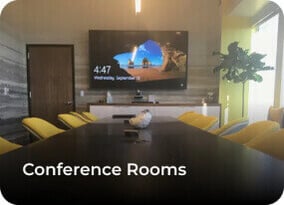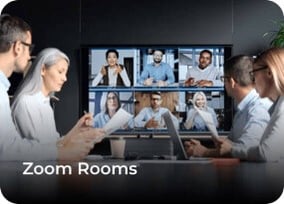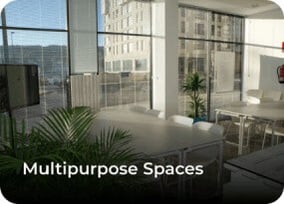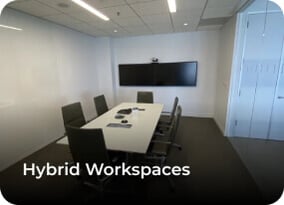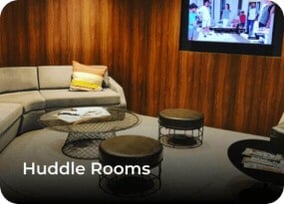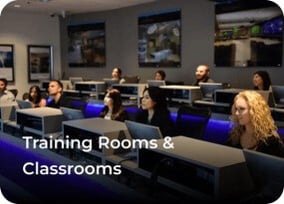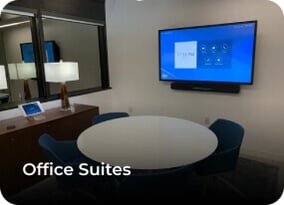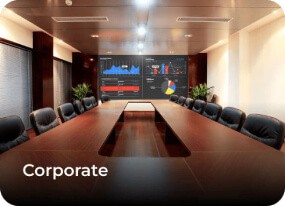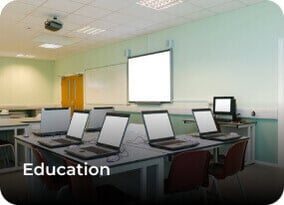
Hybrid and even fully remote work is now the norm across many industries, and it doesn’t seem likely to change any time soon. Employees are satisfied working from home, and many don’t see a point in returning to the office.
There are a lot of questions concerning how to encourage employees to actually want to return to the office. For that to happen, the idea of going into the office needs to be shifted; now, many employees see it as a chore or a hassle, but it can be positioned as an experience if done correctly. Even if employees aren’t going into the office during traditional 9-to-5 hours to work, employers can and should be fostering a sense of in-person connection through other types of experiences.
Many employees likely get distracted at home, or disruptions come up where they can’t be as efficient as possible. By knowing that the office is a safe space for them to come and get their work done, employees will likely utilize the space at least occasionally as a resource. However, their expectations for what this office space will provide them are much higher now that they know they can get their work done at home.
There are some simple ways to increase collaboration between employees inside the office. A more communal, shared physical work space is one. Physical barriers are an obvious hindrance to collaboration within the office space, and by grouping tables and creating a more laid back setup, employees can be encouraged to work together more productively and openly. This type of layout promotes more efficient group and individual work, and increases brainstorming, idea generation and an improved overall work ethic. Even something as simple as having snacks or a coffee bar inside the office can incentivize employees to be in-person.
Technology is a key component to increasing value inside the office. High-quality displays with touch-screen technology promote creativity and collaboration with the ability to mark up and write on the display. A cutting-edge video conferencing system, incorporating microphones and cameras for streaming and recording during, should create collaboration equity. A video processor can enable presenters to seamlessly toggle between sources to showcase a spreadsheet, video or conference call simultaneously on the same screen. A wireless-connectivity solution allows anyone to securely connect to the collaboration technology with their own device to fit the growing need for BYOD environments.
Outside of the office, activities such as walking with a coworker to get coffee or meeting with clients in real life over lunch can make a significant difference in the productivity and overall satisfaction of both your employees and customers. As a company, you can plan social events for your team during evenings or weekends that allow coworkers to better get to know one another, for example at restaurants, sporting events or any other social locations. The overall aim is to have employees feel connected to one another, then they’re more likely to want to come into the office and spend more time together working.
There’s no doubt that the needs of workplaces are constantly evolving. Office developers should keep these changing needs in mind when curating office spaces to be flexible for future changes. When Zoom fatigue sets in, AV Planners can provide you with the tools and expertise you need to create memorable experiences that stand out and bring employees together. Contact AV Planners to learn more about our services. Keep up with the latest news from AV Planners on Facebook, LinkedIn, Twitter and Instagram.
